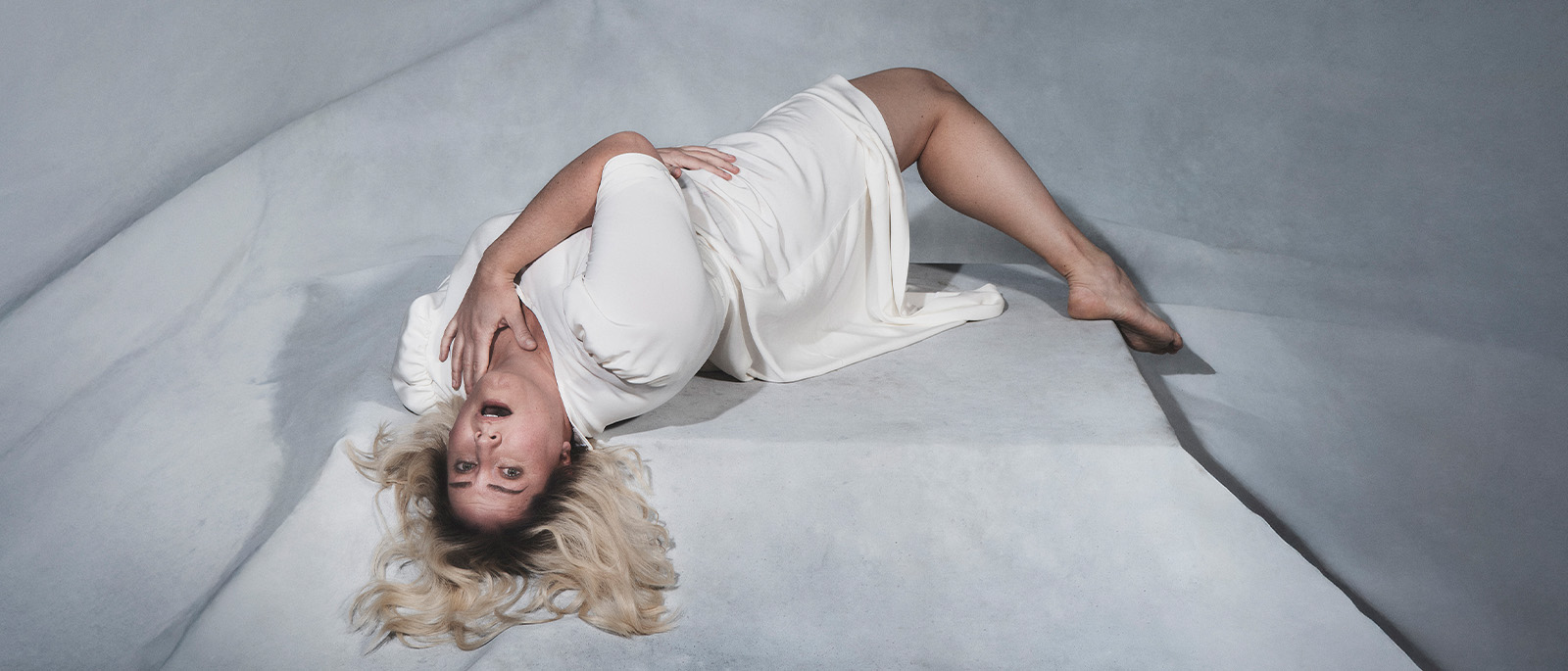
Richard Strauss
Salome
LIVE IN HD
Overview
Music Director Yannick Nézet-Séguin conducts his first Met performances of Strauss’s white-hot one-act tragedy, which receives its first new production at the company in 20 years. Claus Guth, one of Europe’s leading opera directors, gives the biblical story—already filtered through the beautiful and strange imagination of Oscar Wilde’s play—a psychologically perceptive, Victorian-era setting rich in symbolism and subtle shades of darkness and light. Headlining the new staging is soprano Elza van den Heever as the abused and unhinged heroine, who demands the head of Jochanaan, sung by celebrated baritone Peter Mattei. Tenor Gerhard Siegel is Salome’s lecherous stepfather, King Herod, with mezzo-soprano Michelle DeYoung as his wife, Herodias, and tenor Piotr Buszewski as Narraboth. This live cinema transmission is part of the Met’s award-winning Live in HD series, bringing opera to movie theaters across the globe.
English StreamText captioning is available for the Met’s transmission of Salome here. A transcript of the transmission will also be available to view after the live performance.
Buy tickets for Salome live in the opera house here.
Production a gift of The Sybil B. Harrington Endowment Fund
Additional support from Mr. and Mrs. Michael Corey
SUNG IN
GERMAN
Timeline
Timeline for the show, Salome
ESTIMATED RUN TIME
2 HRS 15 MINS, WITH NO INTERMISSION
Cast
Select a date from the dropdown to filter cast by date of performance

Premiere: Dresden Court Opera, 1905. The story of this incendiary and powerful opera is derived from a brief biblical account: A young princess of Judea dances for her stepfather Herod and chooses as her reward the head of the prophet John the Baptist. This subject captured the imaginations of generations of visual artists, but its full possibilities were perhaps best realized in Oscar Wilde’s 1891 tragedy (which was banned from performance in several countries). Strauss’s score combines the grandeur of Wagner’s epics with the focus and emotional punch of the short Italian verismo operas.
Creators
Richard Strauss (1864–1949) composed an impressive body of orchestral works and songs before turning to the stage. After two early failures, Salome caused a sensation and launched the second part of his long and productive career. Oscar Wilde (1854–1900), the Irish novelist, poet, and playwright, was one of the defining characters of the Victorian era. Strauss used a German translation of Wilde’s play by author and poet Hedwig Lachmann (1865–1918).
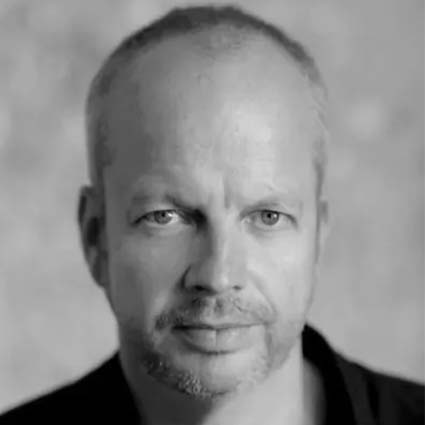
Production
Claus Guth
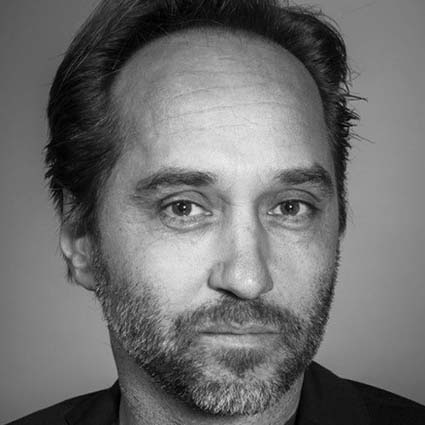
Set Designer
Etienne Pluss
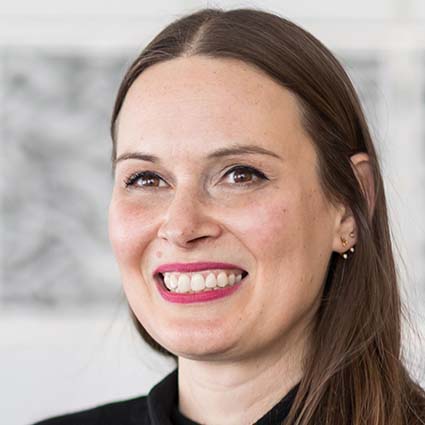
Costume Designer
Ursula Kudrna
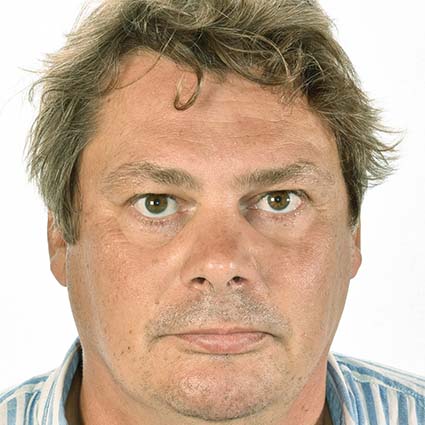
Lighting Designer
Olaf Freese
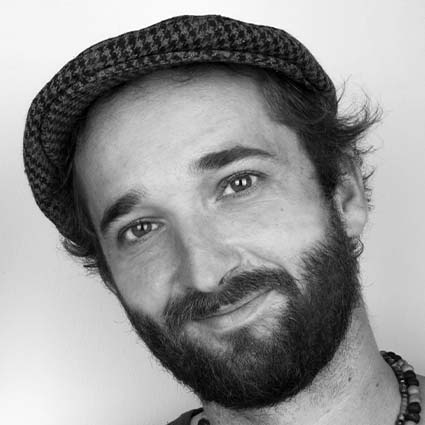
Projection Designer
rocafilm / Roland Horvath
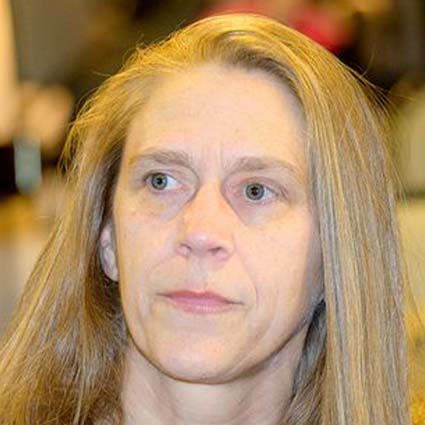
Choreographer
Sommer Ulrickson
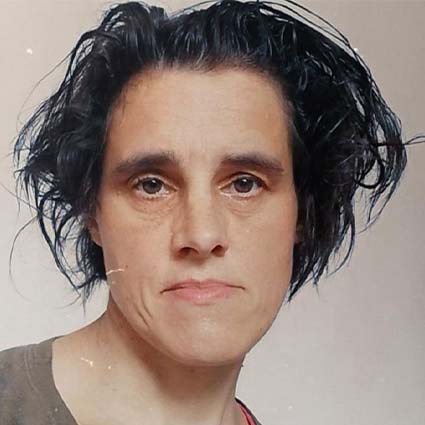
Dramaturg
Yvonne Gebauer

Composer
Richard Strauss
Setting
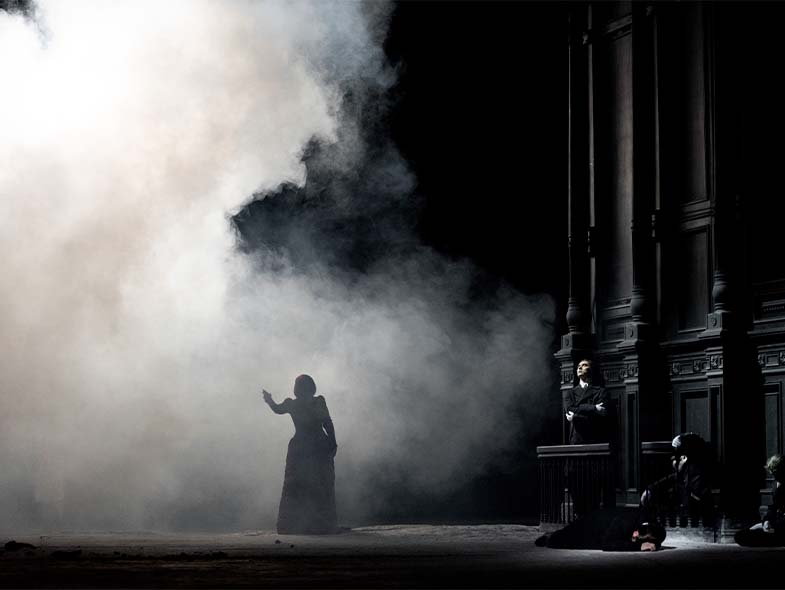
The action takes place outside the palace of King Herod Antipas, tetrarch of Galilee, in the early first century C.E. This season’s new production updated the action to the Victorian era.
Music
From the opening measure, Strauss’s score announces itself as exotic, iconoclastic, and thoroughly compelling. Much of the work’s magic comes from the orchestra pit: The famous Dance of the Seven Veils occurs about two-thirds of the way through the opera, and while most of the orchestra’s other notable passages are more integrated into the surrounding score than the dance, they are no less memorable. For all the wonder in the orchestra, the opera is uniquely demanding on the singers, particularly the title role. Her lines stretch from the highest to the lowest ranges of the female voice, working with and sometimes against the huge orchestra. In its musical and dramatic challenges, it stands as one of the most challenging—and exhilarating—roles in opera.
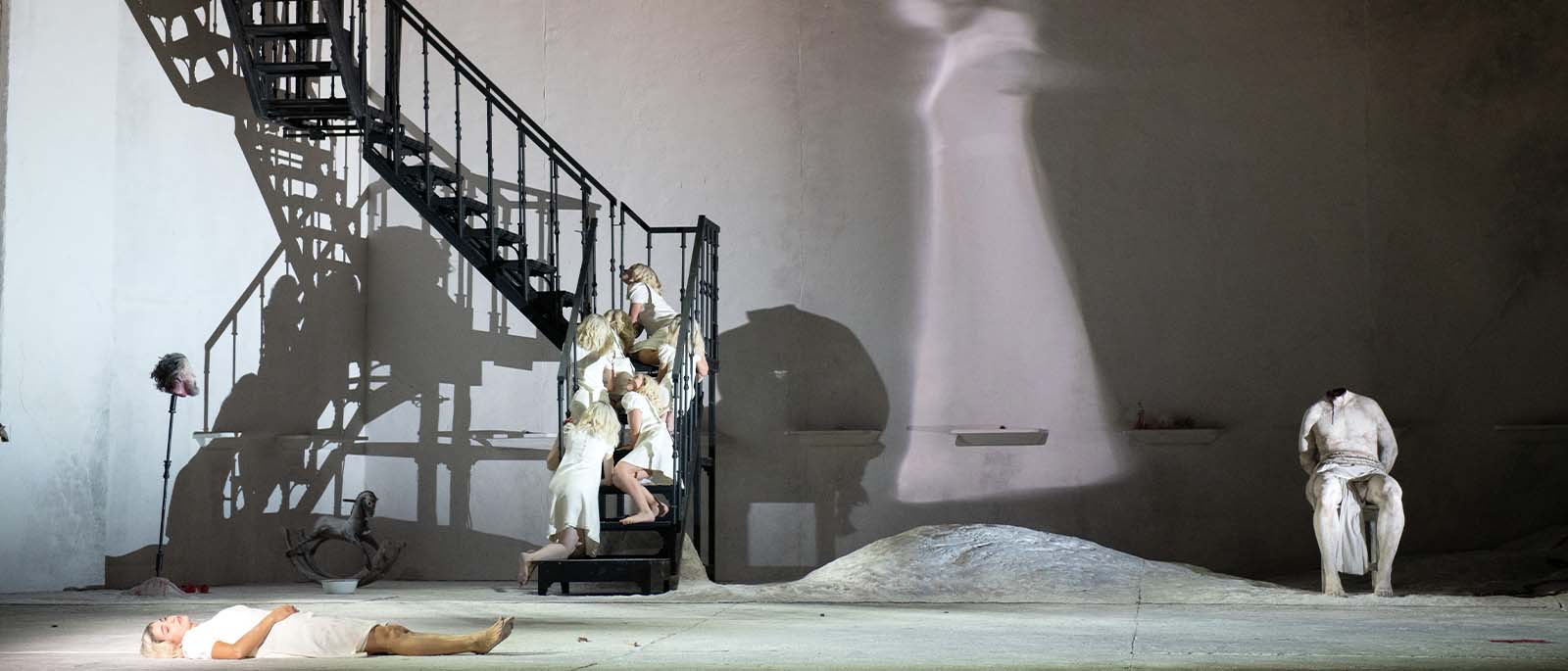
Share This Page
Social Share
Copied